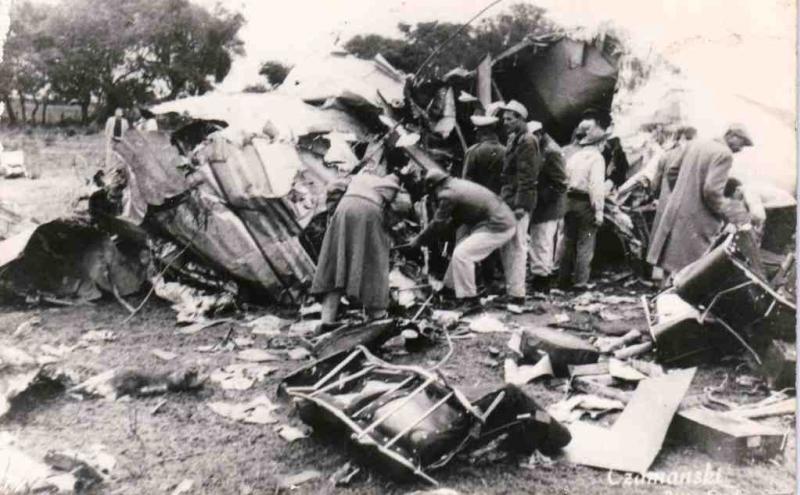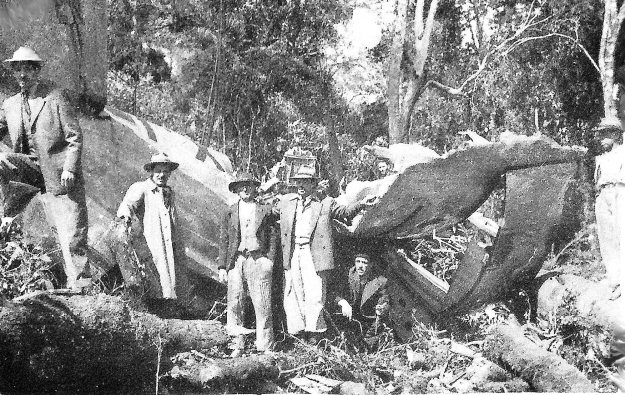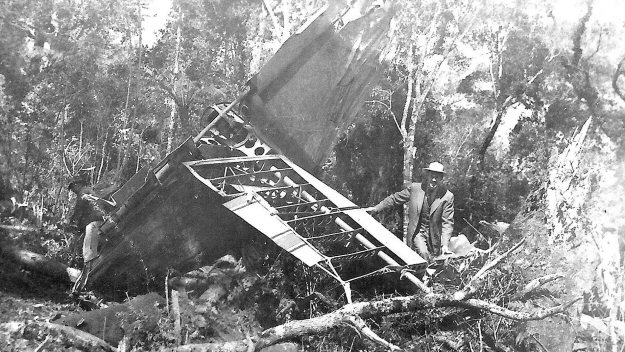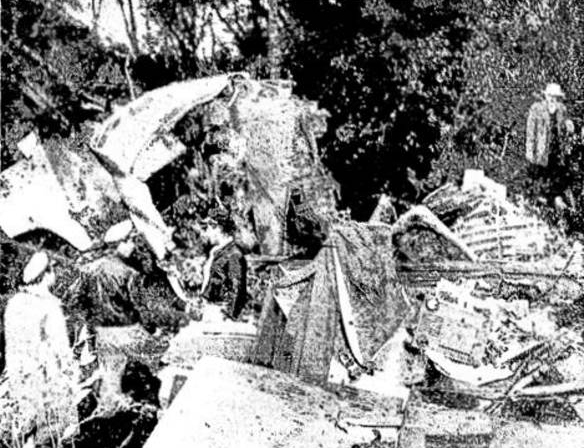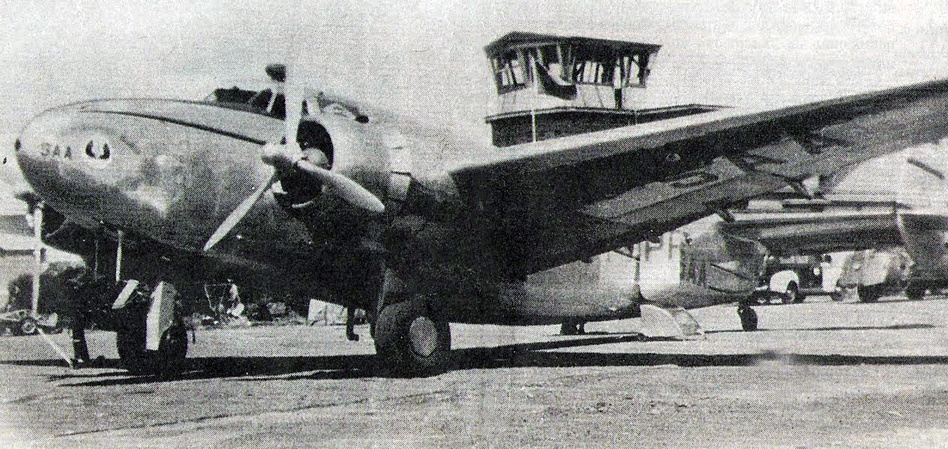Crash of a Lockheed C-130E Hercules at Santa Maria AFB
Date & Time:
Oct 26, 1966
Registration:
2452
Survivors:
Yes
Schedule:
Santa Maria - Santa Maria
MSN:
4093
YOM:
1965
Crew on board:
7
Crew fatalities:
Pax on board:
0
Pax fatalities:
Other fatalities:
Total fatalities:
0
Circumstances:
The crew was completing a local training mission at Santa Maria AFB. On final approach, the pilot-in-command adopted a too high angle of descent, causing the aircraft to pass below the glide and to struck the ground short of runway threshold. All seven crew members were injured and the aircraft was destroyed by a post crash fire.
Probable cause:
Wrong approach configuration.



